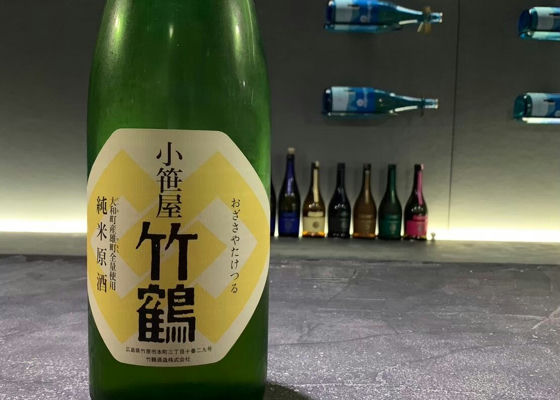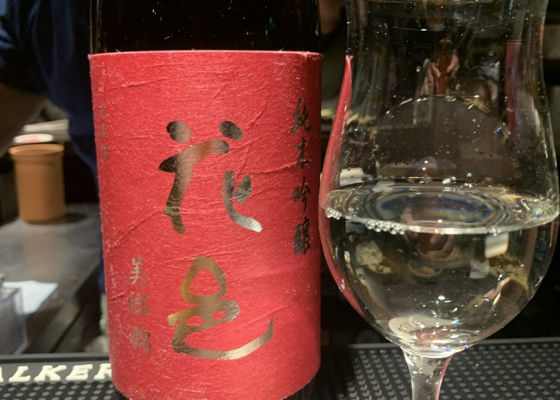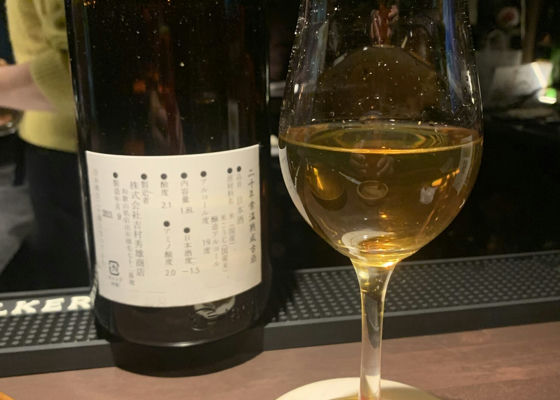
あるでば
Notes (see online information)
A highly rare nigori sake with karakuchi specifications.
It is a seasonal limited edition sake inspired by Shiroki (white sake) of the ancient gods. It is also popular in a highball style, half soda and half highball.
Indeed, it is quite dry in spite of its nigori taste.
Ingredients: rice (domestically produced), rice malt (domestically produced)
Rice polishing ratio: 55
Alcohol content: 15
Japanese>English


















